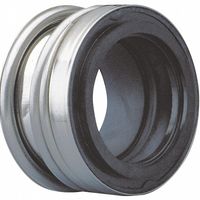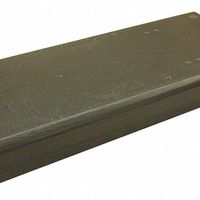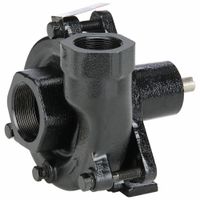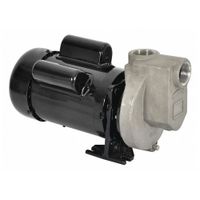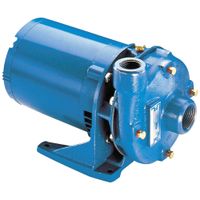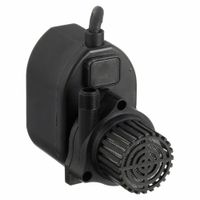Straight, Self-Priming & Submersible Centrifugal Pumps
Centrifugal pumps transfer and circulate liquids using centrifugal force in a variety of industrial, commercial, and specialized applications. Straight centrifugal pumps have an intake connection in line with the impeller's eye and shaft. Self-priming centrifugal pumps use suction lift to draw liqui .....Read More
Frequently Asked Questions
What is a centrifugal pump and how does it work?
What are the main types of centrifugal pumps?
How do you select the right centrifugal pump for an application?
What are the common causes of centrifugal pump failure?
How do you maintain a centrifugal pump?
What is the difference between a self-priming and a standard centrifugal pump?
How do you calculate the efficiency of a centrifugal pump?
What are the advantages of using a submersible centrifugal pump?
How do you troubleshoot a centrifugal pump that is not working properly?
What are the typical applications of centrifugal pumps in industry?
